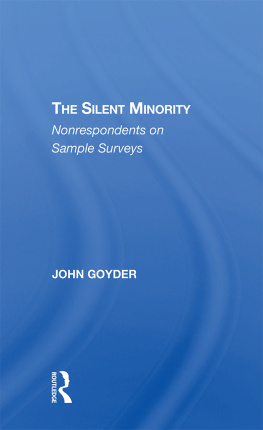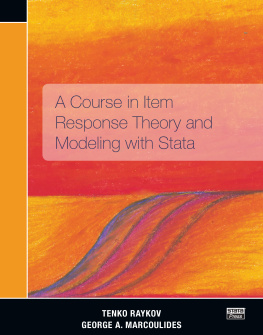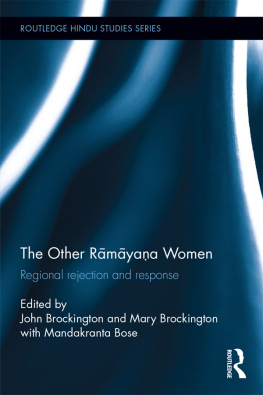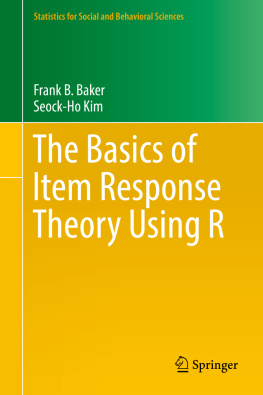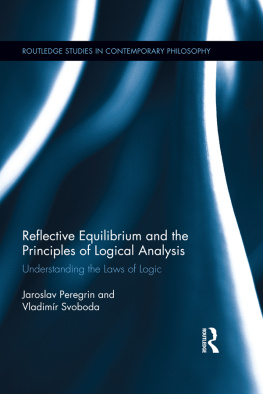Between Saying and Doing:
Towards an Analytic Pragmatism
Between Saying and Doing aims to reconcile pragmatism (in both its classical American and its Wittgensteinian forms) with analytic philosophy. It investigates the relations between the meaning of linguistic expressions and their use. Giving due weight both to what one has to do in order to count as saying various things and to what one needs to say in order to specify those doings, makes it possible to shed new light on the relations between semantics (the theory of the meanings of utterances and the contents of thoughts) and pragmatics (the theory of the functional relations among meaningful or contentful items). Among the vocabularies whose interrelated use and meaning are considered are: logical, indexical, modal, normative, and intentional vocabulary. As the argument proceeds, new ways of thinking about the classic analytic core programs of empiricism, naturalism, and functionalism are offered, as well as novel insights about the ideas of artificial intelligence, the nature of logic, and intentional relations between subjects and objects.
Robert B. Brandom is Distinguished Service Professor of Philosophy at the University of Pittsburgh, a Fellow of the Center for the Philosophy of Science, and a Fellow of the American Academy of Arts and Sciences. His interests centre on philosophy of language, philosophy of mind, and the philosophy of logic. He has published more than 50 articles on these and related areas and is the author of Making it Explicit and Tales of the Mighty Dead (Harvard University Press).
Between Saying and Doing:
Towards an Analytic Pragmatism
Robert B. Brandom


Great Clarendon Street, Oxford OX2 6DP
Oxford University Press is a department of the University of Oxford.
It furthers the Universitys objective of excellence in research, scholarship,
and education by publishing worldwide in
Oxford New York
Auckland Cape Town Dar es Salaam Hong Kong Karachi
Kuala Lumpur Madrid Melbourne Mexico City Nairobi
New Delhi Shanghai Taipei Toronto
With offices in
Argentina Austria Brazil Chile Czech Republic France Greece
Guatemala Hungary Italy Japan Poland Portugal Singapore
South Korea Switzerland Thailand Turkey Ukraine Vietnam
Oxford is a registered trade mark of Oxford University Press
in the UK and in certain other countries
Published in the United States
by Oxford University Press Inc., New York
Robert B. Brandom 2008
The moral rights of the authors have been asserted
Database right Oxford University Press (maker)
First published 2008
First published in paperback 2010
All rights reserved. No part of this publication may be reproduced,
stored in a retrieval system, or transmitted, in any form or by any means,
without the prior permission in writing of Oxford University Press,
or as expressly permitted by law, or under terms agreed with the appropriate
reprographics rights organization. Enquiries concerning reproduction
outside the scope of the above should be sent to the Rights Department,
Oxford University Press, at the address above
You must not circulate this book in any other binding or cover
and you must impose the same condition on any acquirer
British Library Cataloguing in Publication Data
Data available
Library of Congress Cataloging in Publication Data
Data available
Typeset by Laserwords Private Limited, Chennai, India
Printed in Great Britain on acid-free paper by
Clays Ltd., Bungay, Suffolk
ISBN 9780199542871 (Hbk.)
ISBN 9780199585540 (Pbk.)
10 9 8 7 6 5 4 3 2 1
In fond and loving memory, this work is dedicated to a great man, a great teacher, and a great friend,
Richard Rorty
for whom I am still rewriting my dissertation.
Contents Summary
Contents
Preface
We are familiar with the idea that a complete account of semantics (the study of the meanings expressed by different vocabularies) can require attention also to pragmatics (the study of the use of vocabularies). The paradigm is indexical and demonstrative expressions. Determining the referent of tokenings of types such as I, here, now, this, and that depends on features of the use of those very tokenings: who uttered them, where, when, and in what surrounding context. A principal contention of this work is that the class of vocabularies whose meanings cannot be specified without attending to features of use is much larger, and the sorts of dependence of meaning on use much more varied, than is suggested by focusing on this central kind of example. I argue that alethic modal vocabulary, deontic normative vocabulary, and even classical logical vocabulary are also of this general kind. They differ from indexical and demonstrative expressions in that what is essential to understanding their semantics is their relation to the use of other vocabularies (non-modal, non-normative, non-logical ones), not to the pragmatic features of their own tokenings. One of the reasons this kind of semantic relation has been overlooked is an overemphasis on semantic compositionality. In the fifth of these lectures I offer some specific technical results aimed at clarifying some of the issues in the vicinity in a way that may lead to a more balanced assessment.
Modal, normative, and logical vocabularies are all ones that have been of central, perennial interest to philosophers of language over the past century or so. But this distinctive and essential feature of their semanticsas I will put it, the constellation of pragmatically mediated semantic relations they stand in to other vocabularieshas not been studied, or even (with some notable exceptions) much noticed by the tradition. The culmination of my argument in this book is that focusing on relations of this kind makes visible crucial features of what is expressed by the use of semantic, and more broadly, intentional vocabulary. (The title of the sixth and final lecture is Intentionality as a Pragmatically Mediated Semantic Relation.) Further, this pragmatically mediated semantic feature of semantic and intentional vocabularies is intimately related to the pragmatically mediated semantic relations in which alethic modal and deontic normative vocabularies stand to each other.
Along the way to this resultas a necessary means of formulating, clarifying, and justifying itI introduce, and develop through application to other examples, a general method of formally representing relations between meaning and use (in the broad way in which I will use the terms, between the topics of semantics and pragmatics). I call it meaning-use analysis. Analyses of this kind are codified and expressed in their most perspicuous form in meaning-use diagrams, which the reader will find peppered throughout the book. Each such diagram presents one or more of the infinite number of pragmatically mediated semantic relations among vocabularies, whose representations are recursively generated by the methods of meaning-use analysis. By way of sharpening and making this conceptual apparatus more definite, I consider along the way a number of further applications of it to a variegated budget of examples: computational linguistics, artificial intelligence, even indexical vocabulary itself. In this same spirit, I also use it to introduce a new kind of formal semantics for alethic modal and classical logical vocabularies that brings to light hitherto invisible relations between them.
Next page

